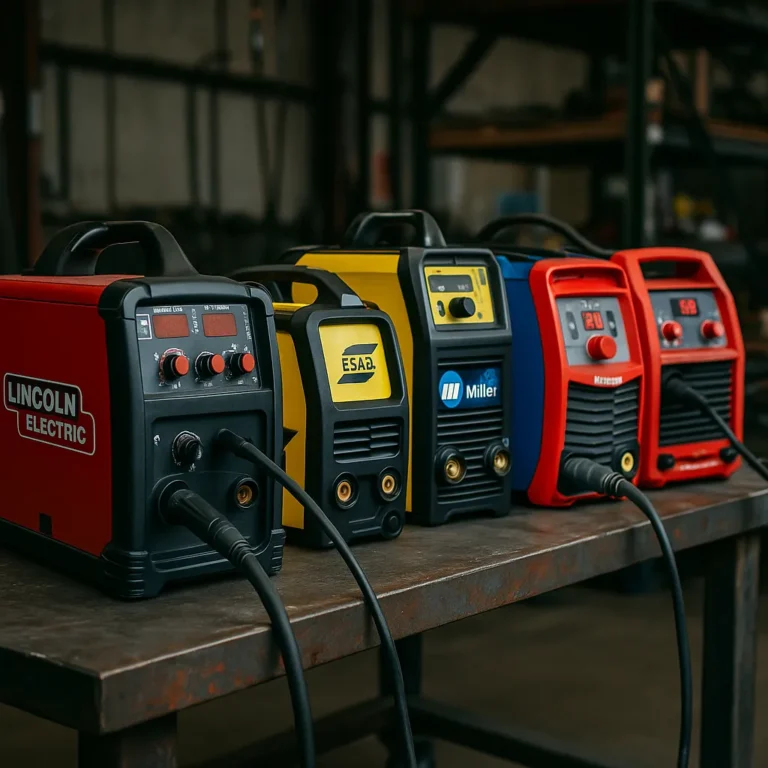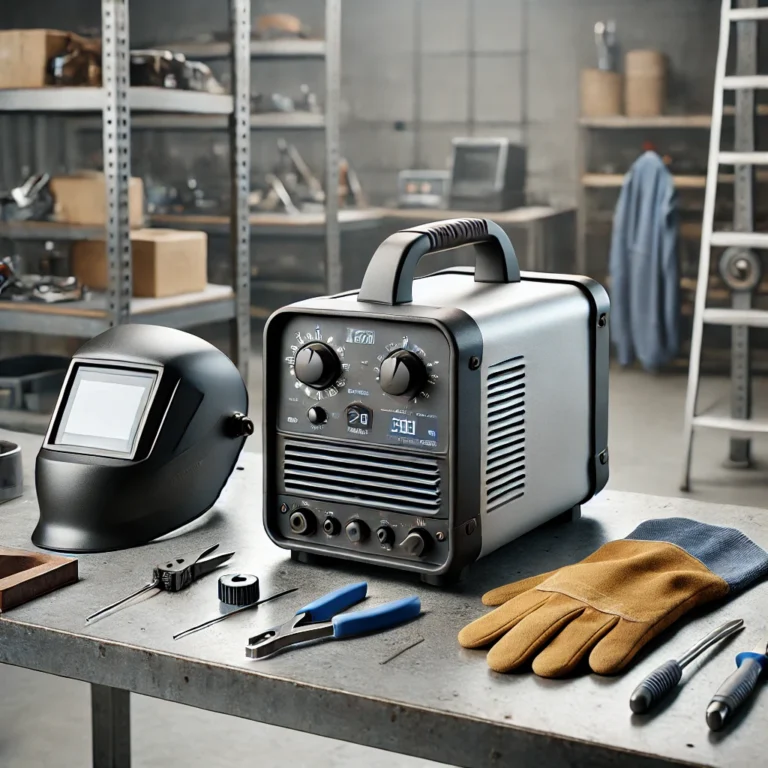Millermatic 211 vs 215 – Which One Is Best for Your Welding Needs?

Disclosure: This post contains affiliate links. As an Amazon Associate, I earn from qualifying purchases—at no extra cost to you.
Choosing the right welding machine can be a daunting task, especially when faced with two powerful options, the Millermatic 211 and Millermatic 215. Both are top-tier choices from Miller Electric, which is known for their reliability and performance. But which one is the better investment for your welding projects? Let’s break down the key differences, features, and benefits to help you decide.
Key Features Comparison
Both the Millermatic 211 and 215 are designed for professional welders and serious hobbyists, but they differ in key areas.
Millermatic 211 – Reliable and User-Friendly
The Millermatic 211 is renowned for its simplicity and efficiency. Designed primarily for MIG and Flux-Cored welding, this model is ideal for those who need a reliable machine for common welding tasks.
Key Features:
- Output Range: 30-230A
- Input Power: Operates on both 120V and 240V
- Material Thickness: Welds up to 3/8″ mild steel
- Auto-Set™ Technology: Automatically adjusts settings for optimal welds
- Portability: Weighing only 38 lbs, it’s highly portable
This model is best suited for users seeking a powerful yet easy-to-use MIG welder with minimal setup effort.
Millermatic 215 – Versatile Multi-Process Welder
The Millermatic 215 steps up the game by offering multi-process capabilities — MIG, Flux-Cored, Stick, and DC TIG welding. This versatility makes it ideal for welders who frequently switch between techniques.
Key Features:
- Output Range: 20-230A
- Input Power: Dual-voltage compatibility (120V/240V)
- Material Thickness: Welds up to 3/8″ mild steel
- Multi-Process Capabilities: Supports MIG, Stick, and TIG welding
- Advanced Interface: Digital display with intuitive controls
The Millermatic 215 is designed for those who require versatility in their welding tasks without compromising performance.
Performance Comparison
When it comes to actual performance, the Millermatic 211 is known for its smooth arc and consistent weld quality. It’s perfect for MIG welding tasks where precision and speed are crucial.
The Millermatic 215, on the other hand, offers greater flexibility. Whether you’re welding steel, stainless steel, or aluminum, its multi-process functionality adapts to a wide range of materials.
Best for Beginners: The Millermatic 211 is ideal for those who are focused on MIG welding and want a straightforward setup.
Best for Versatility: The Millermatic 215 shines when you need multiple welding processes in one machine.
Price and Value
In terms of cost, the Millermatic 211 is generally more budget-friendly due to its limited functionality compared to the Millermatic 215. However, the added flexibility of the 215 may be worth the investment if you regularly switch welding techniques.
Which One Should You Choose?
- Choose the Millermatic 211 if you want a reliable, easy-to-use MIG welder for common welding tasks.
- Choose the Millermatic 215 if you need a versatile, multi-process welder for various materials and techniques.
Conclusion
Both machines are top-notch, but the choice ultimately depends on your welding needs. For straightforward MIG welding, the Millermatic 211 is an excellent pick. If you’re aiming for versatility with multiple welding options, the Millermatic 215 will be your best bet.






